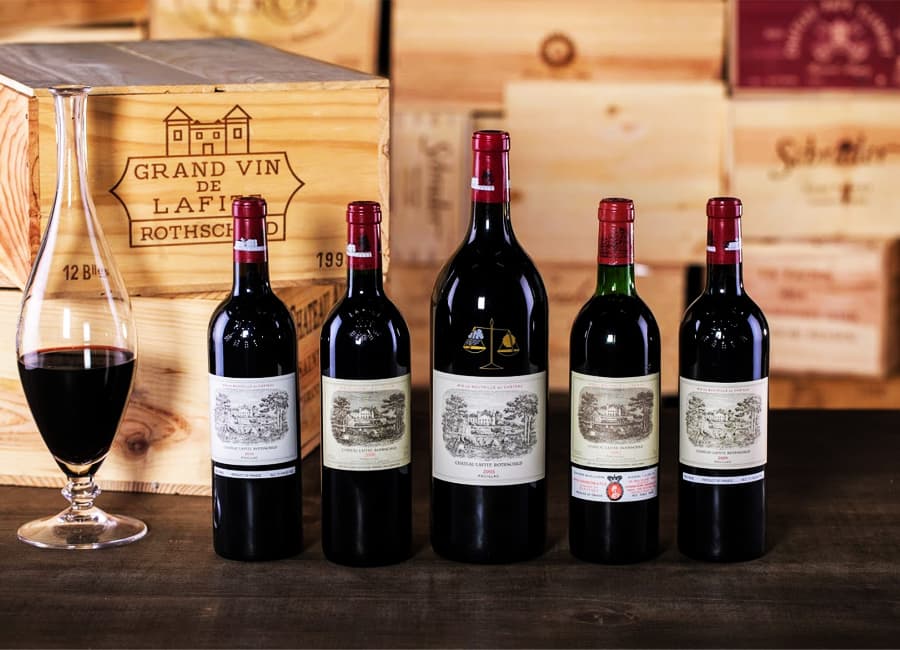📊Quantitative Analysis
This is a detailed explanation of our data models.
Our Models
We have developed two models which rely on similar inputs and are closely interlinked:
Efficient Market Price Model: Creates an "efficient market price" for each wine, identifying those that are currently underpriced/overpriced. We use a unique wine identifier known as an LWIN11 to achieve this.
Returns Ranking Model: Predicts which wines will appreciate most/least over the next 4 years.
A combination of these two models is used to select investment opportunities that are both currently undervalued and have high appreciation potential.
These models create the foundation of the WineFi Investment Score (WIS); a numerical score that is proven through historical testing to outperform average market returns.
The WineFi WIS model excels at wine selection, enhancing our ability to differentiate between investment opportunities and increasing the likelihood that customer portfolios will outperform market benchmarks.
Beyond asset selection, additional applications include:
Determining “efficient market prices” for wines by estimating their short-term (1–3 years) fair market value.
Assigning buy/sell/hold recommendations to wines (LWIN11s) based on their potential return when purchased at the current LX market price.
Establishing target purchase prices for firm bids—prices at which we would unequivocally consider each investment-grade wine a “buy.”
Investment advisory, including around entry and exit points for our clients.
Portfolio Example
To illustrate the advantage of our approach vs. the market benchmarks, we generated a £300,000 portfolio reflective of typical syndicate size, incorporating wines with a minimum WineFi Investment Score (WIS) of 72. Red wines aged up to 22 years and non-red wines aged up to 17 years at time of purchase were included.
A large number of portfolios were generated at random. From this pool, portfolios were repeatedly drawn at random until one whose performance lay within 1% of the overall mean was obtained. This approach ensures the example shown reflects a typical outcome of the model rather than an unusually strong or weak case.
To ensure a fair comparison, we constructed an adjusted benchmark Compound Annual Growth Rate (CAGR) using Liv-ex market prices in an equally weighted index. This adjustment accounts for the difference between Liv-ex mid-prices (used in official indices) and the market price data underpinning our model. When tested, price-weighted indices produced lower returns, aligning more closely with the unadjusted benchmark.
Regionally Diversified Portfolio vs. Benchmark

Benchmark (adjusted) CAGR constructed using Liv-ex (LX) market prices for benchmark components in an equally-weighted index (EW), using Liv-ex index components at the start of the investment period.
Region Specific (Burgundy) Portfolio vs. Benchmark
It is worth noting that some proportion of this alpha is achieved due to the Liv-ex 1000 being weighted heavily towards Bordeaux assets. The region-specific results below provide a more accurate reflection of pure model alpha.

Dataset
We have compiled pricing and trade data for over 100,000 wines, covering all investment grade wines in existence, combining market data, critic scores, and qualitative attributes to forecast wine investment performance with precision.
We evaluate 35+ variables, including:
Price Metrics — long-term trend analysis and relative price–quality comparisons.
Critic Data — scores, tasting notes, and drinking windows.
Brand Power — producer reputation and historical performance.
Risk & Volatility — stability across vintages, regions, and market cycles.
Market Conditions — liquidity, supply/demand dynamics, and macro factors.
Vintage Quality — climatic and production characteristics.
Regional & Appellation Traits — terroir-driven attributes.
Age & Lifecycle Stage — maturity and resale potential.
Classifications — formal rankings and designations.
Our models apply state-of-the-art machine learning to uncover price patterns that persist across market cycles. Trained on over two decades of historical data, they highlight which variables most reliably forecast returns.
Crucially, the models capture non-linear relationships — such as how critic scores impact wines differently at varying price points, or how certain region–vintage combinations age more favourably than others.
They are also designed to handle highly categorical datasets, enabling nuanced distinctions across appellations, classifications, producers, vintages, and regions — precisely the kind of complexity that defines the fine wine market.
Last updated

